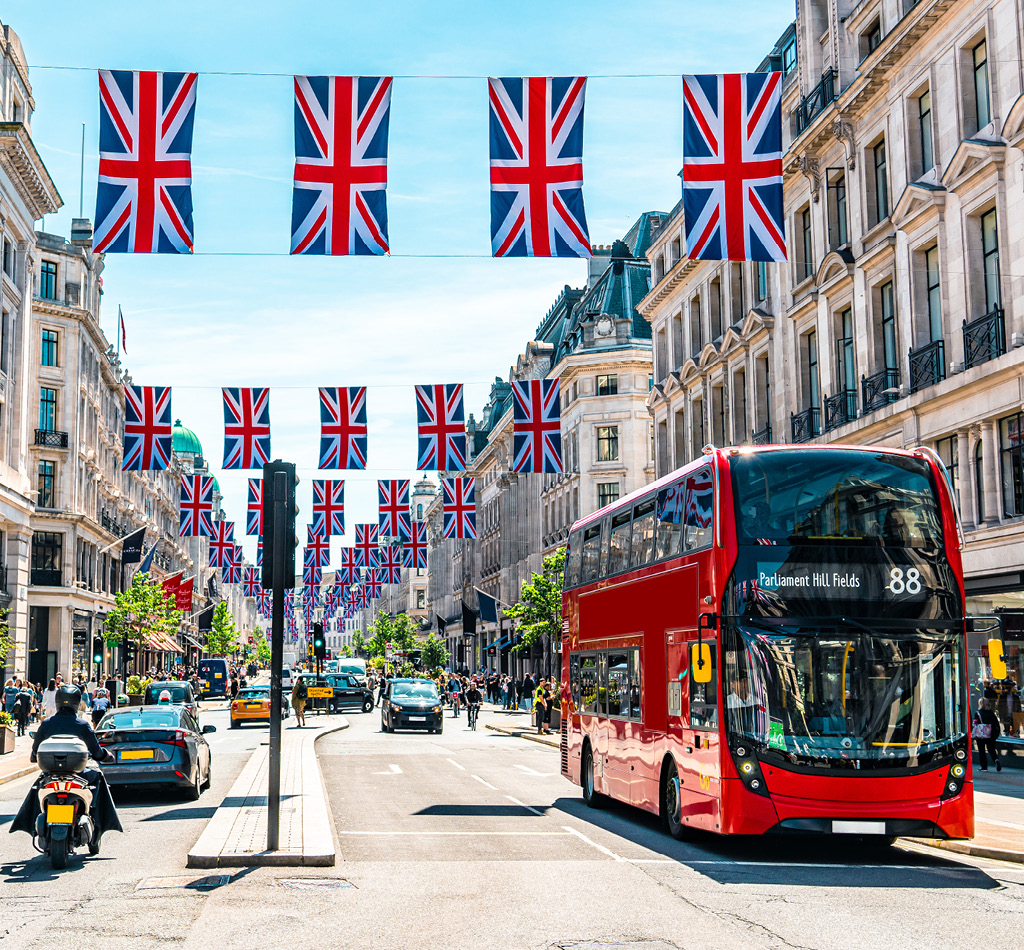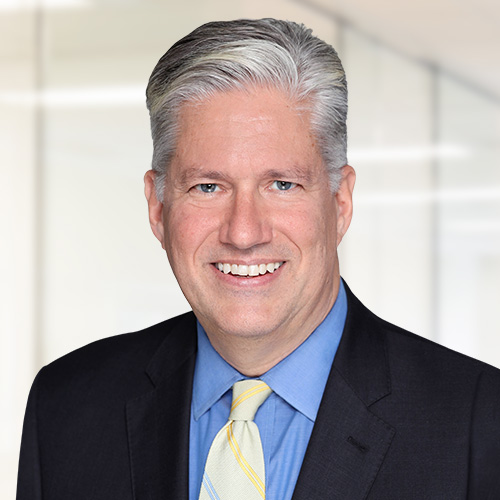Commentary
Take the bus
June 29, 2023

The transportation industry has undergone significant change in recent years due to the impact of COVID-19 and technological advancements. Last mile deliveries and car sharing have emerged as important ways of reducing transportation costs. However, it’s worth noting that Uber is now more expensive than taxis in many cases. The industry is continuously transforming, with autonomous driving being a prominent example.
COVID-19 disrupted personal transportation as people avoided public transit and stayed home. But now, as we move forward, consumers are faced with hard choices to balance their budgets, and corporations are demanding increased presence in the workplace.
According to the American Public Transportation Association (APTA), the average household spends 16 cents of every dollar on transportation and 93% of this amount is allocated to buying, maintaining and operating cars. This makes transportation the second-largest expenditure after housing. By opting for public transportation and reducing car ownership, households can save nearly $10,000. This saving becomes substantial when considering the average household income of $67,521 in the United States, especially if housing costs are considered fixed.
There are several secular trends driving the growth of the public transportation market regardless of economic downturns. One such trend is the cost disparity between operating a new bus route and expanding road lanes, which continues to widen as land availability diminishes. Recent studies have also shown that road expansion leads to lower real estate prices compared to improvements in bus transit. Hence, municipalities become important stakeholders for bus transit as real estate prices directly correlate with property taxes.
To support public transportation, governments typically provide subsidies for its operations and passenger ticketing often represents the service rather than a revenue source. In the US alone, the government has subsidized public transport with up to $108 billion, including $91 billion in guaranteed funding until 2026 under the 2021 Bipartisan Infrastructure Law. This represents the most significant federal investment in transit in the country’s history.
Demographically, millennials initiated a shift away from youth car ownership a decade ago. Accelerating immigration and rising housing costs further indicate an increased reliance on public transportation.
The global public transportation market was valued at USD214.54 billion in 2022 and is expected to grow at a compound annual growth rate (CAGR) of 3.7% from 2023 to 2030.
During our recent travels to Australia, we observed the noticeable effects of accelerating immigration. Sydney and Melbourne suburbs are well-positioned for population growth thanks to their organized infrastructure and pleasant weather. The country is now attracting immigrants from beyond Southeast Asia and Melbourne in particular is a vibrant cultural hub poised for multi-year urban expansion.
We visited several real estate developments that are unaffected by slowdowns due to high immigration levels and lack of housing.
When it comes to sustainability, public transit is surpassed only by bicycles. According to the Environmental Protection Agency, transportation is responsible for 28% of greenhouse gas emissions. Whether using electric, biogas or hydrogen-powered vehicles, implementing green public transportation is crucial for controlling greenhouse gas emissions, especially as emerging markets catch up with urbanization levels.
In the realm of public transportation, Global Alpha holds the Kelsian Group (KLS:AU).
Headquartered in Adelaide since 1989, the Kelsian Group has emerged as a leader in public bus, marine transport and tourism operations. It consists of Australia’s most experienced providers of multi-modal public transport services and tourism experiences, operating ferry, bus and light rail services domestically and internationally.
In 2022, the Kelsian Group transported more than 257 million customers, employing around 9,000 people and operating approximately 4,000 buses, 113 vessels and 24 light rail vehicles.
Earlier this year, the company acquired the US-based All Aboard America to establish a presence in the US sunbelt region, which has favourable demographics. The founder of Kelsian personally relocated to Denver to ensure successful acquisition integration.
The US bus transportation industry remains fragmented and as the market becomes more complex with the need for new technologies and multi-engine platform expertise (such as biogas, electric and hydrogen), smaller operators will struggle to compete.
The public transportation industry qualifies as defensive growth. Bus operators typically work under multi-year agreements, often lasting seven years, with inflation adjustment clauses to protect them from cost accelerations. Their compensation is typically based on the quality of their route execution rather than the number of passengers, making low-volume routes still profitable.
Kelsian operates a best-in-class technology platform to optimize its routes and its comprehensive bus driver acquisition and training programs result in low turnover rates. Additionally, it leads the way in offering electrified biogas and hydrogen-powered transportation solutions. As we redesign transit for a greener and more connected society, the future holds tremendous opportunities.







